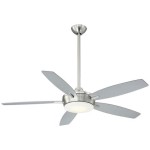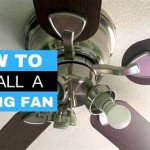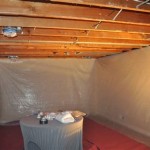Essential Aspects of Ceiling Lights Glass Parts
Ceiling lights are an essential part of any home, providing both illumination and aesthetic appeal. Glass parts play a crucial role in the overall design and functionality of these lights. Understanding the different types of glass used, their properties, and how they contribute to the light's performance is key to making informed choices.
Types of Glass Used in Ceiling Lights
There are several types of glass commonly used in ceiling lights, each with unique characteristics:
- Clear glass: This type of glass allows light to pass through it with minimal distortion or discoloration, providing excellent visibility and clarity.
- Frosted glass: Frosted glass has a slightly opaque surface, which scatters light, creating a more diffused and even illumination. This type of glass is commonly used in areas where glare is a concern, such as bedrooms and bathrooms.
- Colored glass: Colored glass filters light to produce a specific tint or hue. It adds decorative value and can enhance the ambiance of a room. Common colors include amber, blue, red, and green.
- Textured glass: Textured glass has a surface that is not smooth, creating patterns or designs that can refract and reflect light. This type of glass adds visual interest to a ceiling light and can be used to create unique lighting effects.
Properties of Ceiling Light Glass
In addition to their appearance, the properties of glass used in ceiling lights are equally important:
- Light transmission: This refers to the ability of glass to allow light to pass through it. The higher the light transmission, the brighter the light produced.
- Heat resistance: Glass should be heat resistant to withstand the heat generated by light bulbs. Heat-resistant glass is less likely to crack or discolor under high temperatures.
- Durability: Ceiling light glass should be durable enough to withstand everyday use and occasional impacts. Tempered or laminated glass provides increased strength and safety.
Contribution to Light Performance
Glass plays a significant role in the overall performance of ceiling lights:
- Light distribution: The type of glass used can influence how light is distributed in a space. Clear glass provides a more concentrated beam, while frosted or textured glass creates a more diffused and widespread illumination.
- Glare reduction: Frosted and textured glass can help reduce glare by scattering light. This is particularly beneficial in areas where glare is a concern.
- Aesthetic appeal: Glass parts can enhance the appearance of ceiling lights and complement the overall design of a room. Colored or textured glass adds decorative value and can be used to create a specific ambiance.
By understanding the different types of glass used, their properties, and their contribution to light performance, you can make informed decisions when choosing ceiling lights. This will ensure that your lights not only provide adequate illumination but also enhance the aesthetics and ambiance of your space.

Commercial Electric 3 1 4 In Brushed Nickel Glass Shade Holder Kit For Ceiling Light Fixtures 804864 The Home Depot

Vintage Hardware Lighting 222 Series Close Ceiling Light Mounting Kit 2l Pb

Complete Antique Brass Lighting Fixture Includes Inside Sandblasted Glass Lamp Shade 68450a Supply Quality Parts Since 1952

Replacement Glass Bottom Diffuser 18 Anja Pendant And Flush Mount Parts

Commercial Electric 4 In White Glass Shade Holder Kit For Ceiling Light Fixtures 81875 The Home Depot

Glass Insulator Hanging Pendant Light Kit Includes Porcelain Sweden

Milano Satin Nickel Mini Pendant Ceiling Light Multi Color Swirl Art Glass Com

Grand Brass Lamp Parts Llc

Matteo Saturn 1 Light Ceiling In Black With Opal Glass

Vintage Ceiling Light Fixture Square Glass Plate With Parts
Related Posts








